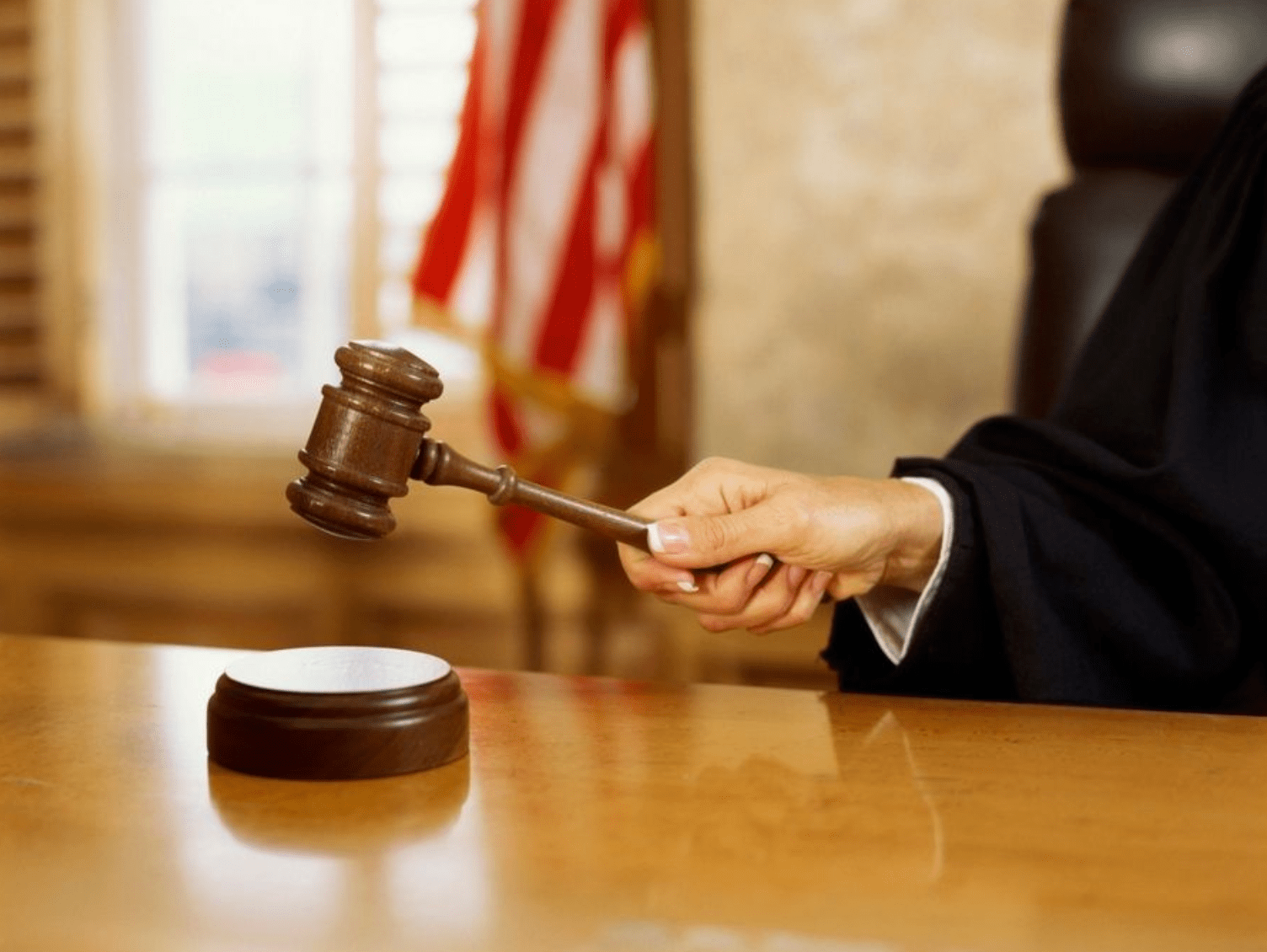When people ask me what I do, my clever response is, “I work with civil trial attorneys to help them electronically display evidence in the courtroom and come up with creative ways to graphically explain complex topics to a judge and a jury.” It’s short. Its sweet. It captures just enough information to provoke the following… “Wow, you must work on some interesting cases.” To which I reply, “well most of them are along the lines of Coke vs Pepsi over a patent or a doctor getting sued over a medical procedure. Not Tony Award material, but some are interesting.” Inevitably the conversation veers into the territory of juries, jury selection and their own experience with the voir dire process.
The inquisitors want to know what kind of people get picked for juries and how they can get out of a jury summons. To answer the latter, I usually suggest that they be difficult, be opinionated and be weird. Most of the time that will do the trick. Further, they should speak up if they know anybody in the courtroom, including any of their fellow jurors. If they know someone well, this will surely release them from their civic responsibility. Or so I thought. I had felt confidant with this response until the day I saw the married couple and the sleepy, Wiccan high-priestess fumble their way into the position of fact-finders.
A few years ago, in a sleepy mountain town in Colorado, I worked on a case that threw into question who I thought would, or could, be picked as a juror in a case. It was about 18 years into my career and I thought I had a good grasp on what would get a juror dropped like a hot potato.
On the first day, we were well into jury selection when I made my first wrong call. As the judge moved down the line of potential jurors, a woman happened to have the same last name as a man who had just been questioned. The judge picked up on the potential “coincidence” right away and asked the woman if she had any relation to the man. “He’s my husband,” the woman exclaimed.
What followed was one of those hour-long two-second pauses that we trial technicians know all too well. Wafting throughout the courtroom came that soft, familiar rumble of laughter and quiet murmurs that arise when some plot twist cuts through the formality of the proceedings. This is that same moment that typically gets dramatized on television with a surly judge yelling, “Order! Order in the court!.” I’ve never seen this dramatization happen this way in real life by the way.
“ONE OF THEM ARE GONE!”, I thought. To my surprise, the judge proceeded to ask if their relationship would interfere with their jury service. Would they promise not to discuss the case at home? Would he see them back in his courtroom under less than desirable circumstances if they couldn’t agree on a verdict?
They gave all of the right answers. I surmised that surely one would get booted by the parties during the peremptory challenges? Wrong. Somehow these two made it onto the jury. During the trial, they sat on opposite sides of the jury box, but other than that, it was business as usual. My confidence was shaken and to this day, I don’t make assumptions about whether family members can end up on the same jury.
But a Wiccan high-priestess? On this very same jury? No way is she going to make it. This dread-locked woman embodied the hippie, patchouli wearing, peace-love-and-harmony counter-culture. In addition, she was a self-proclaimed, Wiccan high-priestess. Not that there is anything wrong with that, but these are usually the type of people that don’t make it to the jury panel. When the judge asked her questions, her concern focused on her inability to pass judgement on another human. There may have been some talk about crystals and alternate, ethereal planes of existence too.
If there was ever a reason to release a juror for cause, this was it. She admitted she couldn’t perform her civic duty and reach a verdict due to her constitutional right to freely practice her faith. GONE, right? Wrong! Somehow she squeaked by and made it on the very same jury with the married couple. I was ‘oh for two.
During trial, I thought I would get my predictive redemption when it became apparent that the priestess regularly had her eyes closed during testimony. The judge took this very seriously and brought her into the courtroom to ask if she had been sleeping. There were a few tense moments as she pondered her predicament. In a masterful strategic move, she parried the judge’s questions and responded with, “I close my eyes because it helps me listen and think about the testimony.” She stayed. I was ‘oh for three as I was sure her latest shenanigan would have gotten her kicked.
So it was that I came to work on a trial where a married couple and a Wiccan high-priestess were seated on the same jury. With the exception of the few above-mentioned hiccups, it was a remarkably normal case.


